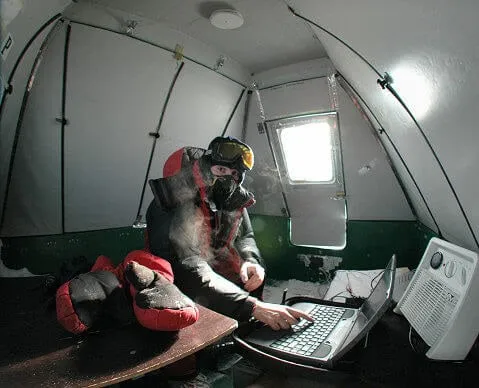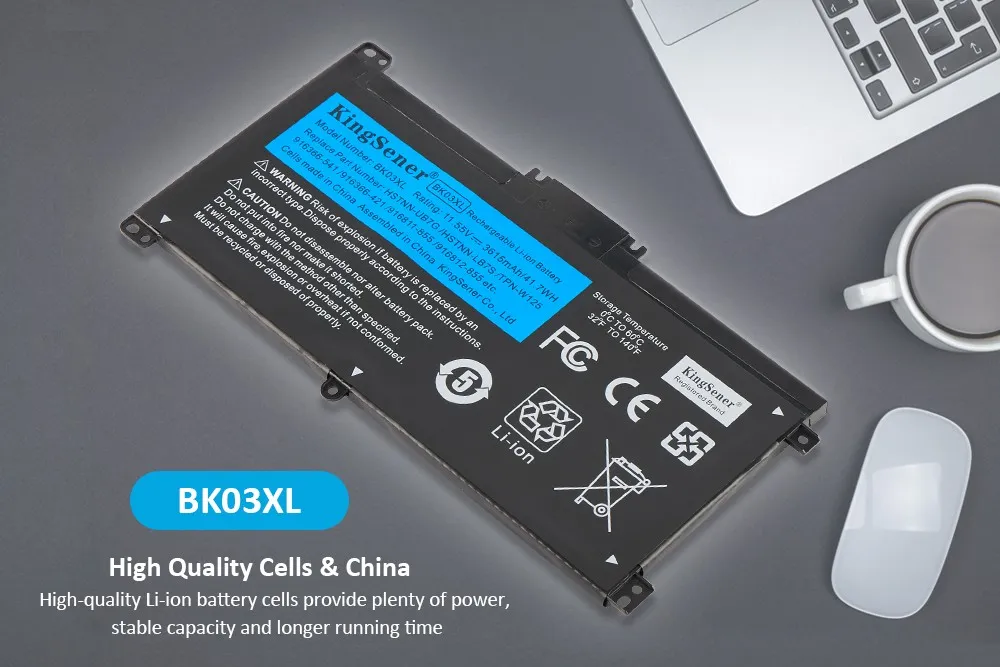
Exploring the Cold Limits: What Temperature is Too Cold for a Laptop?
Introduction
In our tech-centric world, laptops have become indispensable tools, accompanying us through various environments and weather conditions. One common concern among users is understanding the impact of cold temperatures on laptop performance. In this article, we delve into the intricacies of laptop functionality in cold weather, aiming to answer the critical question: What temperature is too cold for a laptop?

Check Out: How To Fix A Broken Hinge On A Laptop
How Cold Can It Get?
Laptops are designed to operate within a specific temperature range. Deviating from this range can lead to performance issues and potential damage. Generally, laptops function optimally between 50°F (10°C) and 95°F (35°C). However, some laptops can endure slightly colder temperatures, but it’s essential to be cautious.
Key Points:
Related Post: How To Fix A Broken Button On A Laptop
- Optimal temperature range: 50°F to 95°F (10°C to 35°C).
The Impact of Cold on Laptop Components
Understanding the impact of cold on individual laptop components is crucial for users who frequently find themselves in chilly environments.
Battery Performance
Extreme cold can adversely affect battery performance. The chemical reactions within a battery slow down in the cold, resulting in reduced power output. In some cases, this might lead to unexpected shutdowns.
Further Reading: How To Fix A Black Screen On A Dell Laptop
Key Points:
- Cold affects battery chemistry.
- Reduced power output and potential shutdowns.
Hard Drive Concerns
Cold temperatures can impact hard drives, causing them to become sluggish or even fail temporarily. It’s advisable to keep backups to prevent data loss.
Key Points:
- Hard drives may become sluggish in the cold.
- Regular backups are essential.
Best Practices in Cold Conditions
To ensure your laptop’s longevity and performance during colder seasons, consider adopting these best practices:
Insulation
Use a laptop case or sleeve to provide some insulation against extreme temperatures. This simple step can help maintain a more stable internal temperature.
Key Points:
- Use a laptop case for insulation.
Gradual Warming
Avoid exposing a cold laptop to sudden temperature changes. Allow it to gradually warm up to room temperature before use to prevent condensation inside the device.
Key Points:
- Gradually warm up the laptop to room temperature.
Frequently Asked Questions
Q1: Can I use my laptop in freezing temperatures?
A1: While it’s not recommended, some laptops can tolerate freezing temperatures for short periods. However, prolonged exposure can lead to damage.
Q2: What happens if my laptop gets too cold?
A2: Cold temperatures can affect battery life, slow down hard drives, and potentially cause other performance issues.
Q3: How can I protect my laptop in the cold?
A3: Use a laptop case for insulation and allow the laptop to warm up gradually before use.
Conclusion
Understanding the impact of cold temperatures on your laptop is essential for maintaining optimal performance and preventing potential damage. By adhering to best practices and being aware of your laptop’s limitations, you can ensure a seamless computing experience even in chilly conditions. Stay warm, stay informed!
Also Read: How To Turn On Thinkpad Laptop
Recommended: How To Fix A Black Screen Laptop

